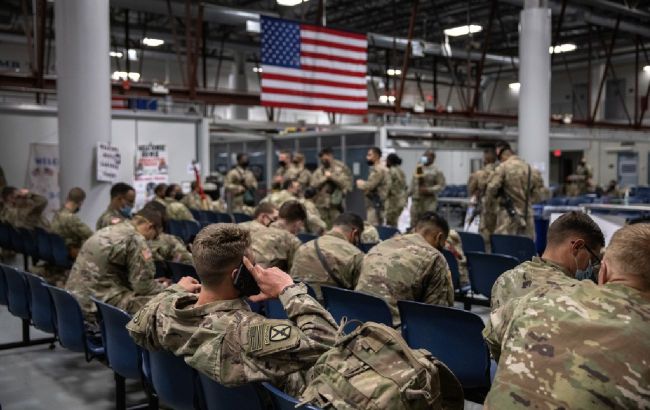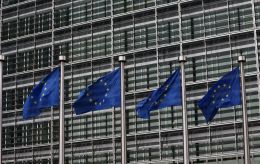US and allies may need $10 trillion to rearm - Bloomberg
 US and allies may need $10 trillion to rearm (Getty Images)
US and allies may need $10 trillion to rearm (Getty Images)
The United States and its allies will need around $10 trillion to rearm. The new arms race could lead to a series of complex decisions for Western governments, reports Bloomberg.
Last year, global defense spending reached a record $2.2 trillion. NATO countries are striving to reach a level of 2% of GDP on defense. However, some officials say that defense funding needs to be increased to 4% to meet the alliance's plans.
According to Bloomberg's calculations, if the United States and its G7 allies were to reach such a level, it would mean additional commitments of over $10 trillion over the next decade.
"The brutal reality for the US and its allies is that Vladimir Putin’s advances in Ukraine mean they need to dramatically ramp up their defenses in eastern Europe at the same time as they counterbalance China — just as that country increases cooperation with Moscow," the media says.
On the other hand, Chinese leader Xi Jinping has announced plans to seize Taiwan by force and is making claims in other regions of the Asia-Pacific. This forces Western leaders and their voters to address issues related to taxes, social security, and government loans that have been brewing for years.
Bloomberg Economics analysts believe that for most NATO members, the growing burden of preparing for war will create a new financial paradigm. Poorer Alliance countries will have to choose between raising taxes, cutting other parts of the budget, and borrowing.
The media says that France, Italy, and Spain could suffer the most if additional expenses are financed through bond markets. Even the United States, which already allocates 3.3% of GDP to defense, could see borrowing rise to 131% from 99% over the next decade.
Wars in Ukraine and Gaza drew attention to Europe and the Middle East, but the sharp increase in defense spending is a global phenomenon. For example, in 2024, China's defense spending will increase by 7.2%.
NATO defense spending
NATO allies decided to set the minimum defense spending at 2% of GDP at the Vilnius summit in July.
Earlier, NATO Secretary-General Jens Stoltenberg reminded Germany of its commitment to increase military spending to this level. He also noted that during the Cold War, defense spending ranged from 3 to 4% of GDP.

